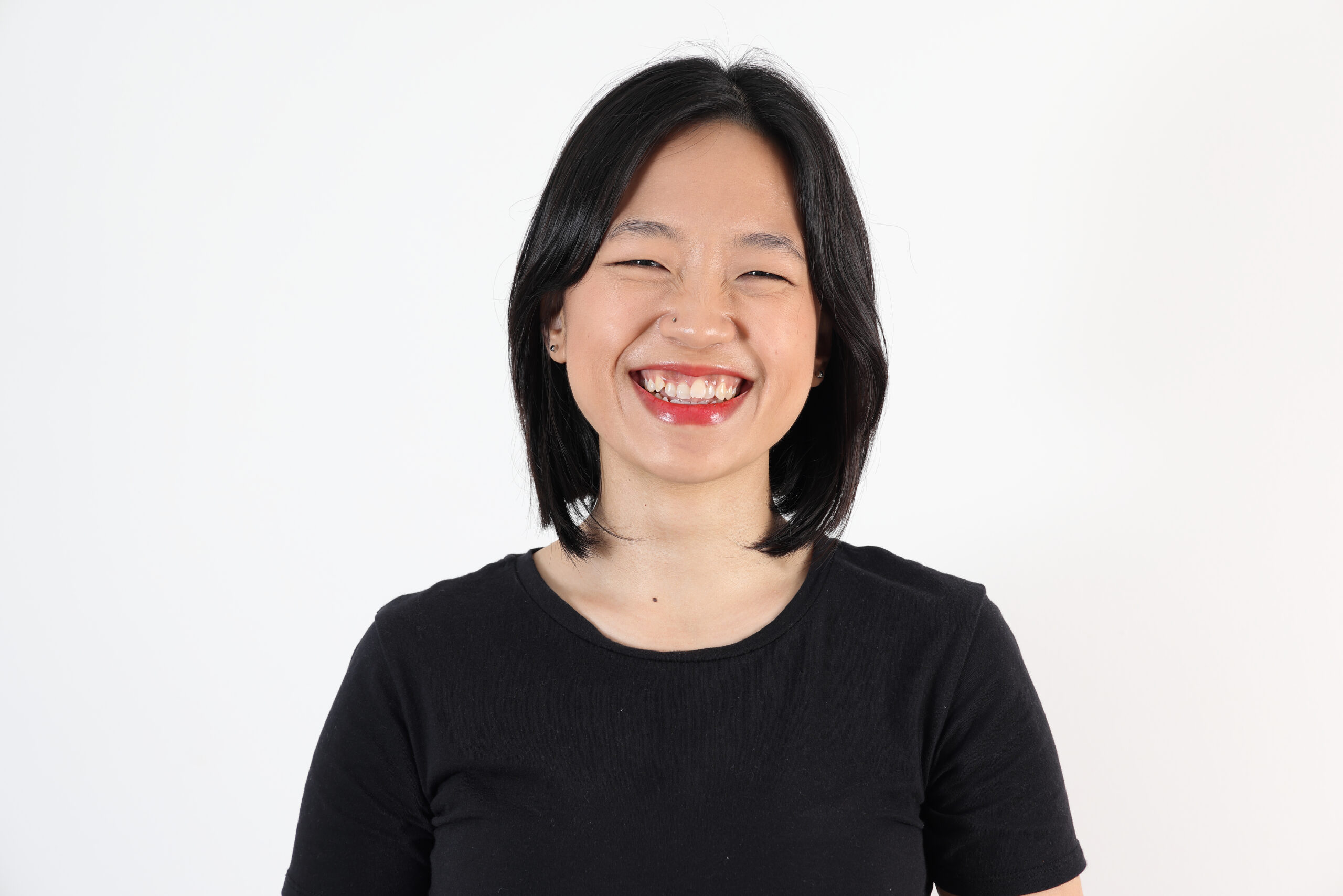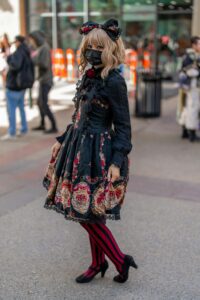In a world where the quest for perfect, straight teeth often sees individuals spending thousands on orthodontic treatments, Japan embraces a unique beauty standard that celebrates the imperfect. Known as "Yaeba," which translates to "double tooth" in English, this aesthetic preference finds charm in slightly crooked teeth, specifically the canines. This beauty trend, deeply rooted in Japanese culture, offers a fascinating contrast to Western beauty ideals and has gained both national and international attention. As we delve deeper into the world of Yaeba, we explore its cultural significance, the influence of media and celebrities, the psychology behind this beauty standard, and how it fits into Japan’s evolving beauty scene.
Exploring Yaeba: Japan’s Unique Beauty Standard
Yaeba, a term that refers to the slightly crooked, often overlapping canine teeth considered charming and attractive in Japan, presents a stark contrast to the Western quest for orthodontic perfection. This unique beauty standard is not only prevalent in everyday society but also highly celebrated in popular culture, including fashion magazines, television shows, and music videos. Yaeba is thought to add character to a smile, evoking youthfulness and innocence. Unlike Western standards that often equate beauty with symmetry and alignment, Yaeba appreciates the beauty in natural variance and the uniqueness of individual smiles.
The Cultural Roots of Yaeba in Japanese Society
The appreciation for Yaeba teeth can be traced back to Japan’s ancient aesthetic principles, which favor subtlety, imperfection, and asymmetry. This beauty concept is in line with the traditional Japanese aesthetic of "Wabi-sabi," which finds beauty in the imperfect and transient nature of the world. Yaeba is perceived not just as a physical trait but as a symbol of natural beauty and childlike charm. It reflects a deeper cultural inclination towards appreciating beauty that does not conform to strict standards of perfection.
Yaeba: Between Natural Phenomenon and Fashion Trend
While some individuals naturally possess the Yaeba trait, in recent years, it has evolved from a natural phenomenon to a sought-after fashion trend. Dental clinics in Japan now offer cosmetic procedures to artificially create the Yaeba effect, catering to those who were not born with this tooth alignment but wish to obtain its youthful appeal. This shift has sparked debates about the lengths to which people will go to adhere to beauty trends, blurring the lines between natural beauty and cosmetic enhancement.
How the Media Influences Perceptions of Yaeba Beauty
The media plays a significant role in popularizing the Yaeba trend, with numerous celebrities and models flaunting their crooked smiles on various platforms. Fashion magazines and advertisements often highlight the appeal of Yaeba, positioning it as a desirable attribute. Television dramas and anime frequently feature characters with Yaeba teeth, further embedding this beauty standard into the Japanese cultural landscape. Through constant exposure, the media reinforces the notion that Yaeba is not only acceptable but also highly attractive.
The Role of Celebrities in Popularizing Yaeba Teeth
Celebrities have been instrumental in the Yaeba movement, with many public figures openly embracing their naturally crooked teeth or even undergoing procedures to achieve the look. These celebrities often become the face of Yaeba beauty, influencing fans and followers to view crooked teeth in a positive light. The endorsement of Yaeba by well-known personalities has significantly contributed to its popularity, making it a widely accepted and emulated aesthetic across the nation.
Dental Procedures to Achieve the Yaeba Look
Dental clinics in Japan have capitalized on the Yaeba craze by offering specialized procedures to create or enhance the double tooth appearance. These treatments can involve temporary or permanent solutions, such as dental caps that mimic the appearance of protruding canines. While the procedures vary in complexity and cost, they all aim to achieve the same result: a youthful, innocent smile that embodies the essence of Yaeba. This trend highlights the lengths to which individuals will go to conform to idealized beauty standards, reflecting broader societal values and preferences.
The Psychology Behind Embracing Crooked Teeth
The fascination with Yaeba can be linked to the psychology of beauty and attraction, where uniqueness and naturalness are highly valued. Yaeba teeth are seen as a departure from the conventional, offering a breath of fresh air in a world dominated by uniform beauty standards. This preference for imperfection can be interpreted as a desire for authenticity and a move away from artificial enhancements. Embracing Yaeba reflects a deeper cultural appreciation for individuality and the beauty of the natural self.
Yaeba Through the Lens of Western Beauty Ideals
When viewed through the lens of Western beauty standards, which typically favor straight, white teeth, the Yaeba phenomenon may seem puzzling. However, this divergence highlights the subjective nature of beauty and the influence of cultural context on aesthetic preferences. Yaeba challenges the global dominance of Western beauty ideals, proposing an alternative that celebrates difference and imperfection. It serves as a reminder that beauty is multifaceted and deeply rooted in cultural identity.
The Debate: Yaeba’s Charm vs. Orthodontic Health
The Yaeba trend has sparked a debate between aesthetic preference and orthodontic health. Some dental professionals express concern that idealizing crooked teeth may discourage individuals from seeking necessary orthodontic treatment, potentially leading to dental issues. However, proponents of Yaeba argue that the trend promotes self-acceptance and challenges the stigma associated with crooked teeth. This ongoing debate underscores the complex relationship between beauty standards and health, highlighting the need for a balanced approach that considers both aesthetics and well-being.
Personal Stories: Living with Yaeba in Japan
Personal anecdotes from individuals with Yaeba reveal the impact of this beauty standard on self-esteem and identity. Many express a sense of pride in their unique smiles, attributing them to a feeling of youthfulness and authenticity. For some, Yaeba has been a source of insecurity, transformed into a point of confidence through societal acceptance and celebration. These stories underscore the power of cultural beauty standards to shape personal perceptions and the importance of embracing one’s natural appearance.
The Future of Yaeba in Japan’s Evolving Beauty Scene
As Japan’s beauty scene continues to evolve, the future of Yaeba remains uncertain. While it currently enjoys popularity, shifting trends and global influences may challenge its prominence. Nevertheless, Yaeba’s enduring appeal suggests that it may remain a significant aspect of Japanese beauty culture. Its legacy lies in challenging conventional beauty ideals and promoting a more inclusive and diverse understanding of attractiveness.
Yaeba: A Unique Perspective on What Defines Beauty
Yaeba offers a unique perspective on beauty, challenging global norms and inviting a reevaluation of what it means to be attractive. It stands as a testament to the diversity of beauty standards around the world and the importance of cultural context in shaping our perceptions of attractiveness. As we continue to navigate the complex landscape of beauty and identity, Yaeba reminds us of the value in embracing our imperfections and celebrating the uniqueness of each individual smile.
The phenomenon of Yaeba, with its celebration of crooked teeth as a symbol of beauty, offers a captivating look into the complexities of cultural beauty standards. In a world where the pressure to conform to conventional ideals of perfection is omnipresent, Yaeba stands as a beacon of individuality and self-acceptance. As Japan continues to navigate its evolving beauty scene, the story of Yaeba highlights the importance of cultural diversity in our global understanding of beauty. Whether Yaeba remains a niche preference or evolves into a broader movement, its impact on challenging and expanding the boundaries of conventional beauty is undeniable. Through the lens of Yaeba, we are reminded that beauty is not a one-size-fits-all concept but a rich tapestry that celebrates the uniqueness of each individual.

